How to Define Problems so that Solving them Becomes Much Easier
🎁 Notion Template: To Define Any Problem Clearly
Welcome to the 🔥 free edition 🔥 of Winning Strategy: a newsletter focused on enhancing product, process, team, and career performance. This newsletter shares insights gained from real-world experiences that I gathered working at Twitter, Amazon, and now as an Executive Product Coach at one of North America's largest banks. If you’d like to become a paid member, see the benefits here, and feel free to use this expense template to ask your manager.
"If I had one hour to solve a problem, I'd spend 55 minutes defining it."
Einstein's words resonate more deeply when you see people wasting months trying to solve the wrong problems.
Problem Solving is one of those skills that everyone thinks they have.
Until… they face a challenge they just can’t solve.
For years, I believed that being a good problem solver meant providing clever answers, finding solutions that nobody else could, and doing so… quickly!
But it isn’t.
A good problem solver is not the one who solves problems. Sounds counterintuitive? I know…
Over time, working across different roles and industries with incredibly smart people, I realized that a good problem solver is one who knows how to define problems…CLEARLY.
A senior consultant once told me, "If you can’t clearly state the problem, don’t bother jumping to solutions.”
I was hurt.
As a new consultant, I felt that the person was quite rude. However, the advice was invaluable. It saved me countless hours and headaches, and it has become the foundation of my current work approach.
Later, the same consultant taught me how to frame problems so that… solving them… becomes really…really…easy.
In this post, I’ll discuss TOSCA.
And how we, as Process Innovators, can use it in our problem solving routines.
You can also download the template with step-by-step instructions near the end of the post.
Let’s get started.
If you’re new, here’s what you missed in the last few weeks
Get the Substack App (Recommended)
I highly recommend downloading and using the Substack app. This will enable you to read the full newsletter without the length restrictions typically imposed by email clients like Gmail.
Furthermore, you will be promptly notified of the community chat discussions and educational notes I post regularly.
What is TOSCA?
TOSCA is a problem definition tool.
It’s an acronym.
Trouble. Owner. Success. Constraints. Actors.
This is what top strategy consultants use before they touch a single solution.
It forces them to get clear on the real problem before they waste time, money, and energy on the wrong things.
Most bad solutions come from poorly defined problems.
TOSCA stops that from happening.
It gives you a structured way to look at every angle. So you don’t miss anything important.
When you use TOSCA, you don’t jump into action.
You pause
You ask questions
You see what’s going on
And only then do you start solving.
Let’s break down what each part of TOSCA actually means.
Trouble: Identifying the core issue
"Our Daily Scrums are taking too long."
How many times have you seen this as a problem? As a Scrum Master? Be honest!
Is it really the problem?
The "T" in TOSCA stands for Trouble. It is the starting point for defining a problem.
This is where we identify what's actually going wrong. Not what we think is wrong. Not what we assume is the cause. Just the observable facts.
"Daily Scrums taking too long" is a symptom. It is not the core issue.
To find the real trouble, we need to dig deeper:
How long are these meetings running?
When did they start taking longer than expected?
Why is this becoming an issue now?
What data can we collect about these meetings?
I once observed a team that complained about long Daily Scrums. When we actually timed the meetings, they were only 17 minutes. Not unreasonable. The real trouble was not the length, but that certain team members felt their time was being wasted because discussions veered off-topic.
Make sense?
Be specific. Stay focused on what's observable. Resist the urge to jump to solutions. Ask questions.
"Our Daily Scrums are taking too long" becomes "Our Daily Scrums regularly exceed 15 minutes because three team members consistently bring up detailed technical discussions that don't relate to the three standard questions."
Defining the real trouble is half the battle won.
And speaking of battles... who should be fighting this one?
Let's talk about the 'O' in TOSCA...
Owner: Pinpointing Responsibility
"So, whose problem is this?" I once asked a Scrum Master.
Silence. That uncomfortable kind of silence.
"Well, it's the team's problem," she said.
I've heard this answer hundreds of times. And it's almost always wrong. Here's why...
When everyone owns a problem, no one owns it.
It is like that common area in a student apartment that nobody cleans because "it's everyone's responsibility."
In our Daily Scrum situation:
Is it the team's problem?
The Scrum Master's problem?
The developers' problem?
The Product Owner's problem?
The answer to these questions matters. A lot. Because without clear ownership, nothing changes. Everyone waits for someone else to act. The problem persists. Frustration grows.
We are not assigning blame.
We are identifying who has both the authority and responsibility to address the issue.
So, who owns the Daily Scrum problem?
In some teams, the Scrum Master facilitates the Daily Scrum but doesn't have the authority to change how team members participate
In other cases, a Product Owner who constantly interrupts with detailed questions might need to take ownership
And in some other cases, ownership is shared between the Scrum Master (for facilitation) and the Development Team (for keeping their updates concise).
For example.
If you, as a Scrum Master, are identified as the owner, you can take specific steps to address the issue, such as:
Observing the Daily Scrum and noting when and why discussions derail, coaching the team on how to keep updates focused, reinforcing the time-boxing rule of 15 minutes, and setting expectations for follow-up discussions outside the Daily Scrum.
Clarifying ownership does something important: It moves us from "Someone should fix this" to "I will fix this."
Success: Defining the Desired Outcome
You’ve named the trouble. You’ve pinpointed the owner. Now ask:
“What does success actually look like?”
It’s easy to say, “Let’s just fix the Daily Scrum.”
But what does fixed mean? How will you know you’ve fixed it?
If the trouble is “Our Daily Scrums are taking too long”, what’s the target?
Is it a 15-minute meeting, every day, no exceptions?
Is it that everyone leaves the meeting energized and clear about the day’s priorities?
Is it that blockers are raised and resolved, without the meeting turning into a problem solving session?
And…by when do you want this to be true?
If you don’t define success up front, you’ll spend weeks “improving” things without ever knowing if you’re done.
For example.
For the “Daily Scrum,” example, success may be when:
Team members understand the purpose of the Daily Scrum
They stick to sharing progress, plans, and blockers without problem-solving
Actionable follow-up conversations are scheduled outside the Daily Scrum
Now you have a finish line.
You know what you’re aiming for, and you won’t get lost chasing endless “improvements” that don’t matter.
Constraints: Recognizing Boundaries
"We can't change the meeting time," the Scrum Master said.
"Why not?"
"Two team members are in different time zones."
We live in the real world. And in the real world, constraints are not challenges; they are the playing field itself.
Every team, every organization, every problem comes with constraints. And the fourth step of TOSCA forces us to face those constraints.
For our “Daily Scrum,” example, constraints may include:
We can't extend working hours
We can't force people to come early
We can't change time zones
We can't clone developers
We can't skip important updates
I've seen Scrum Masters fight against constraints. Trying to break through walls they can't break. Wasting energy. Getting frustrated.
By clearly identifying what you can and cannot change, you narrow your focus to solutions that will actually work in your environment.
Ask questions like:
"Given these limitations, what CAN we do?"
"What's actually in our control?"
"What's truly unchangeable, and what just seems unchangeable?"
Constraints affect more than just the Owner of the problem. They impact everyone involved. Speaking of everyone involved...
Let's talk about Actors...
Actors: Mapping the Stakeholder
"We came up with the perfect solution, but nobody would actually use it."
Problems don't exist in a vacuum.
They exist in a web of human relationships. They exist in competing priorities. They exist in hidden agendas.
For our Daily Scrum example, who are the actors in this situation?
The Development Team: they’re the ones in the meeting every day
The Scrum Master: facilitates and protects the process
The Product Owner: needs quick updates and clear priorities
Maybe even managers or stakeholders who care about team productivity, or want visibility into progress
Also, remember that some of these Actors may want shorter meetings. Some may want more detailed updates. Some may just want to avoid early mornings!
To properly map your actors:
Identify everyone affected by the problem OR its solution
Understand what each actor wants (and needs)
Recognize their level of influence (and interest)
Map the relationships between different actors
Here’s an example Power Map:
The green boxes indicate actors, and the connecting lines indicate strong relationships.
Group them based on their influence (power) and their interest in supporting you. This will pinpoint where to concentrate your efforts.
Summarize the Problem Statement
TOSCA is a way to build a clear, actionable problem statement that will guide everything you do next.
After you’ve gathered the facts for each component, i.e. Trouble, Owner, Success, Constraints, Actors, you’re ready to write your core problem statement. This will be your north star. It will keep you focused. It will ensure that every next step, from brainstorming solutions to putting a fix in place, actually matters.
For our Scrum team example:
Trouble is: Our Daily Scrums are consistently exceeding the 15-minute timebox.
Owners are: The Scrum Master and the Development Team collectively own this issue.
Success is: Daily Scrums finish within 15 minutes for the next 30 days, and team members find the meeting focused and valuable.
Constraints are:
Team members work across distributed time zones
Attendance is mandatory for all
Some participants are new to Scrum, and facilitation skills vary
Actors are: Scrum Master. Development Team. Product Owner. Dev-1. Dev-2. Manager. Dependent Team. Junior Dev.
You can use this as is, but I usually convert it into a portable Problem Statement, which is easy to communicate. I use the following formula to do that:
Problem Statement Formula:
How can [who owns the problem] achieve/ensure [specific, measurable success] in response to [the trouble], given [constraints], and involving [key actors]?Daily Scrum Problem Statement:
How can the Scrum Master and Development Team ensure that Daily Scrums consistently finish within 15 minutes for the next 30 days, given that meetings are currently exceeding the timebox, while considering distributed time zones, mandatory attendance, and varying levels of Scrum experience, and engaging, Product Owner, Development Team, Manager and the dependent team?
That’s it.
This statement is a guiding question. It drives the next steps. It contains the seeds of its own solution.
Take your time with this step. Draft it, refine it, test it against your TOSCA findings.
When everyone nods in recognition, "Yes, that's exactly what we're trying to solve," you'll know you've got it right.
And that's when your Problem-Solving journey begins. That will be a different post.
Show your support
Every post on Winning Strategy takes 3 days of research and 1 full day of writing. You can show your support with small gestures.
Liked this post? Make sure to 💙 click the like button.
Feedback or addition? Make sure to 💬 comment.
Know someone who would find this helpful? Make sure to recommend it.
I strongly recommend that you download and use the Substack app. This will allow you to access our community chat, where you can get your questions answered and your doubts cleared promptly.
🎁 Notion Template: TOSCA
Download the template here: 🎁 TOSCA Template for Defining Problems.
Note: Remember to duplicate the template in your own Notion space before using it.
Further Reading
Connect With Me
Winning Strategy provides insights from my experiences at Twitter, Amazon, and my current role as an Executive Product Coach at one of North America's largest banks.


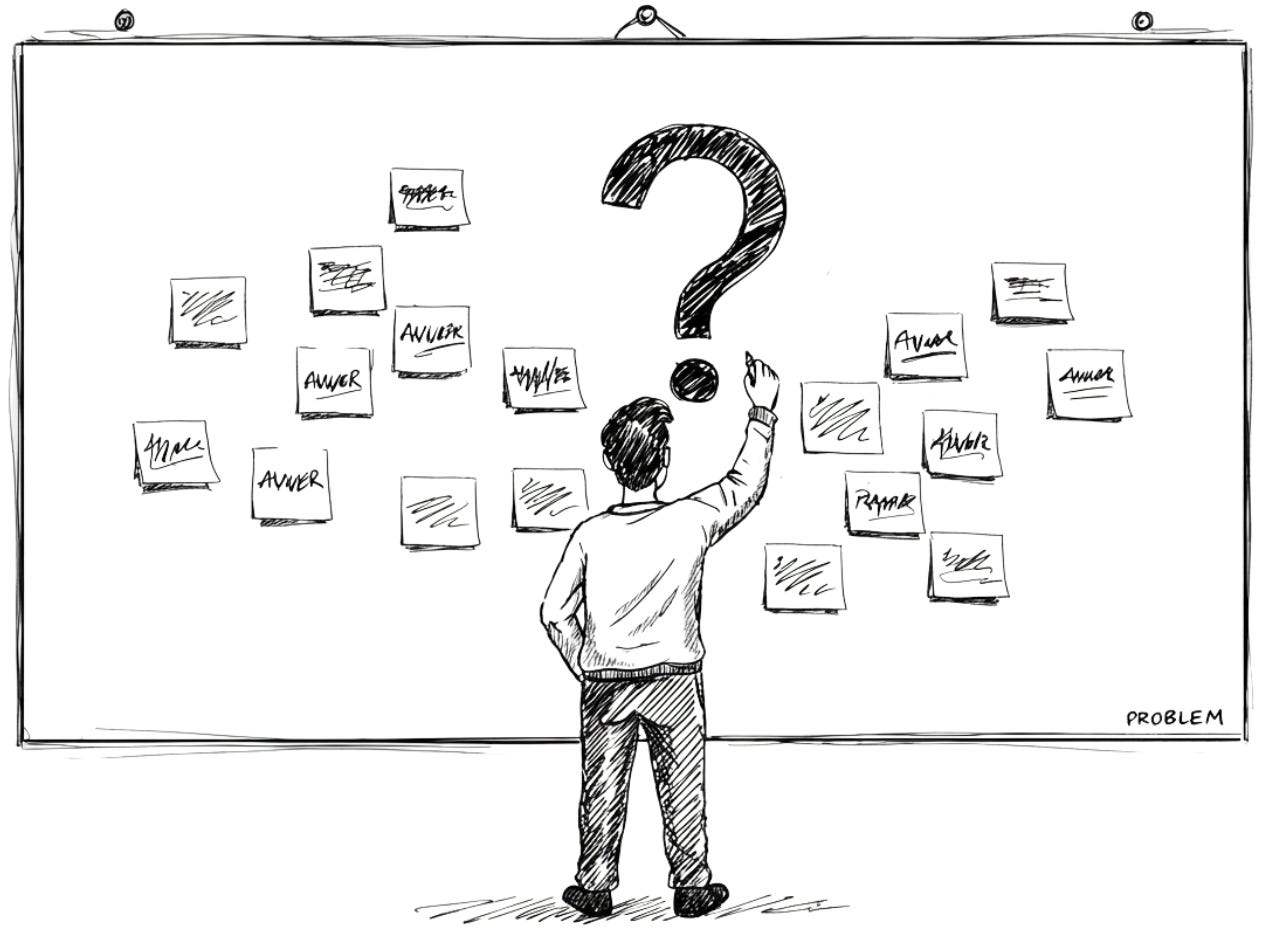




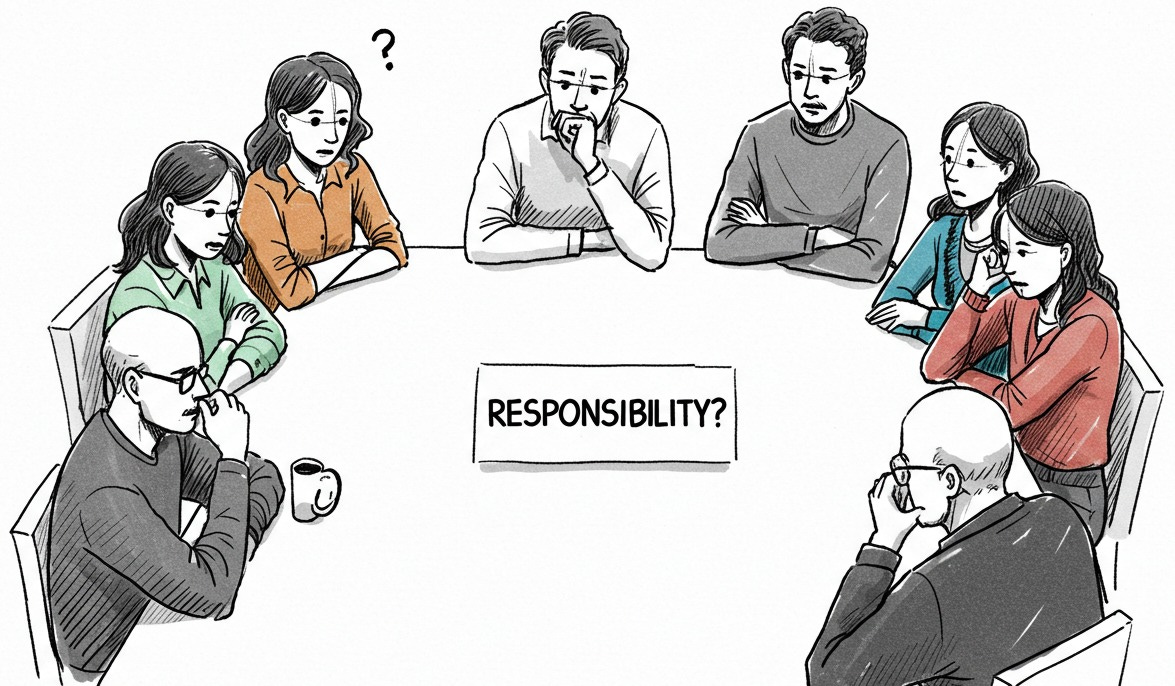

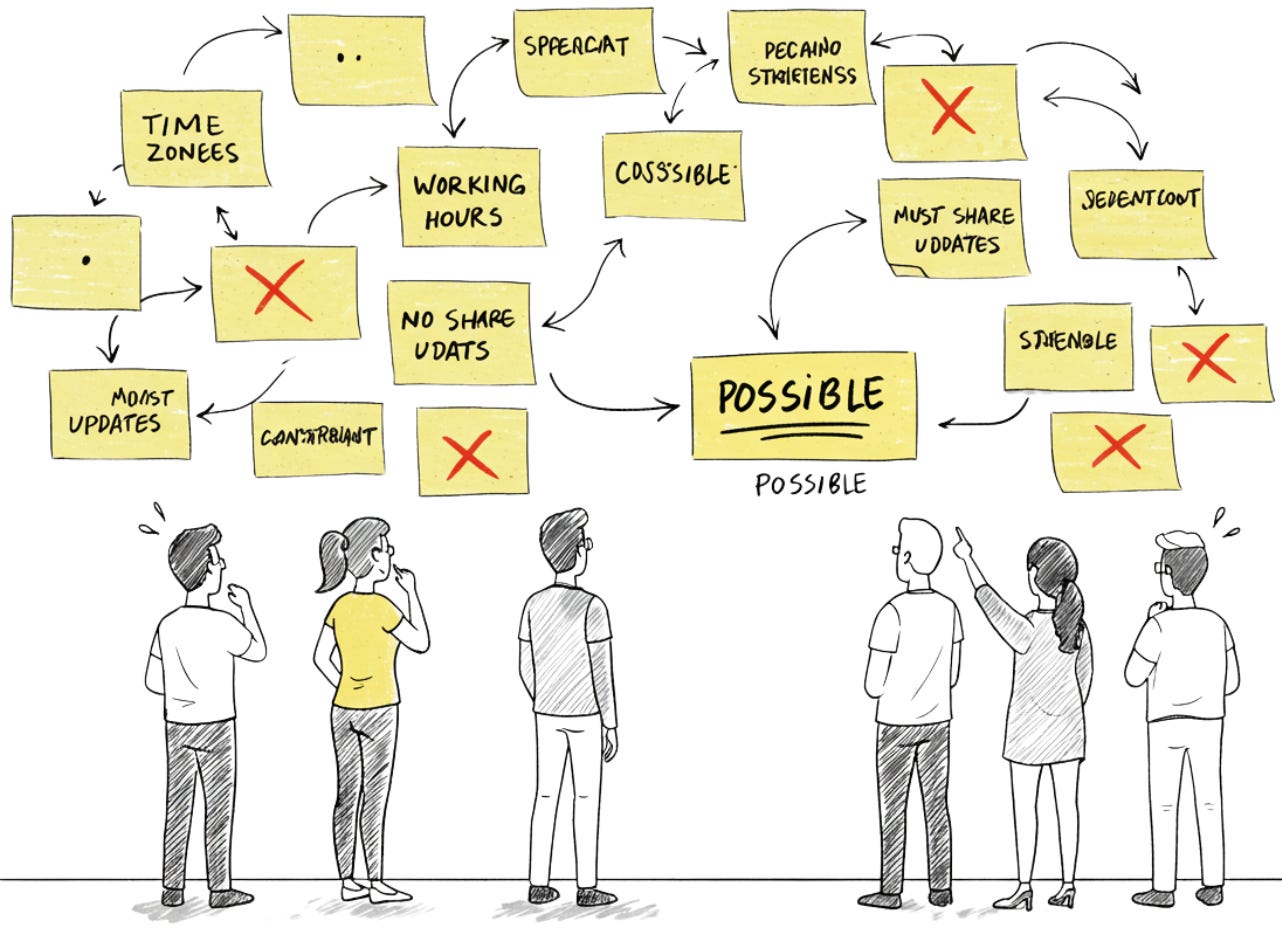


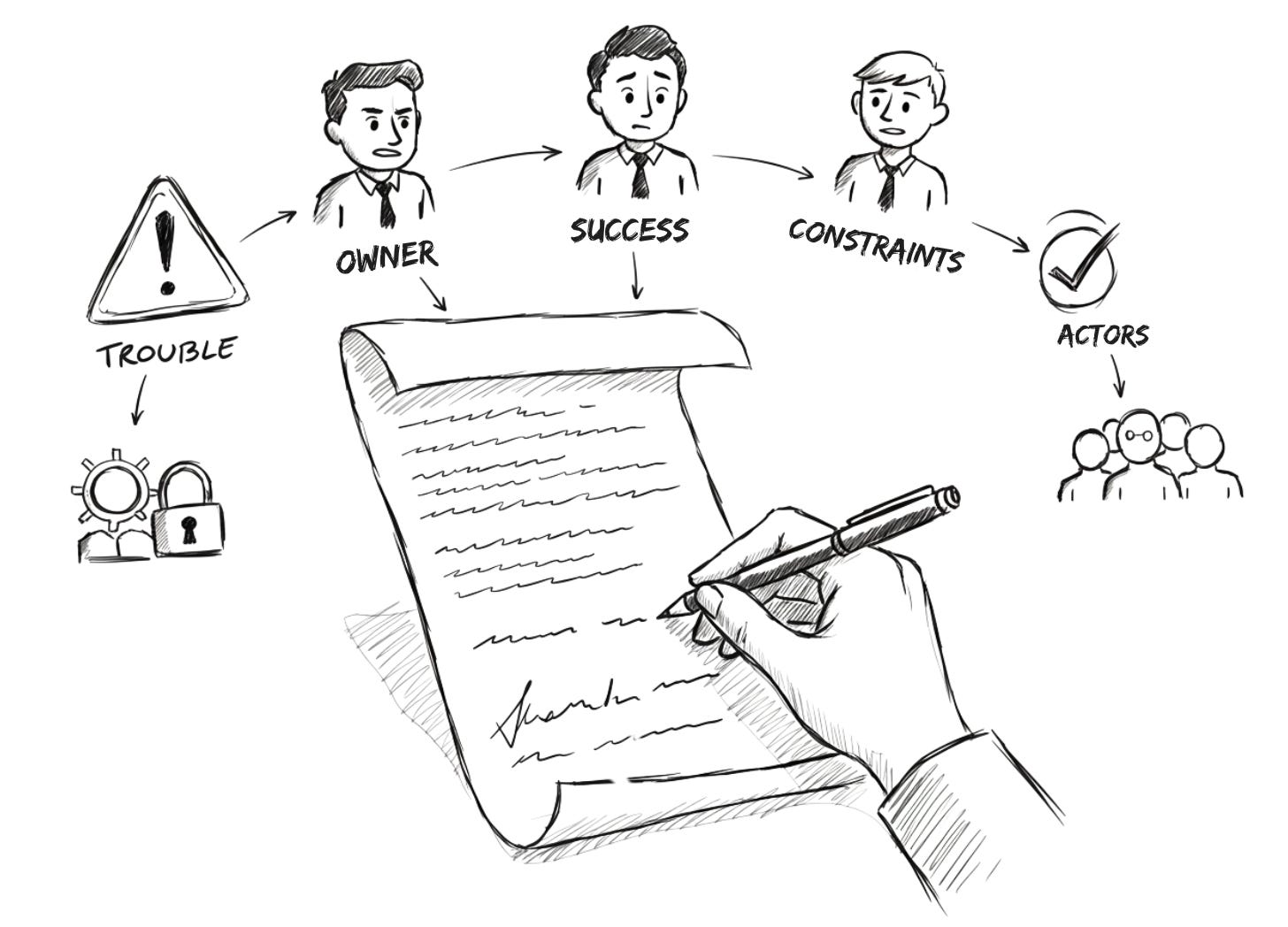

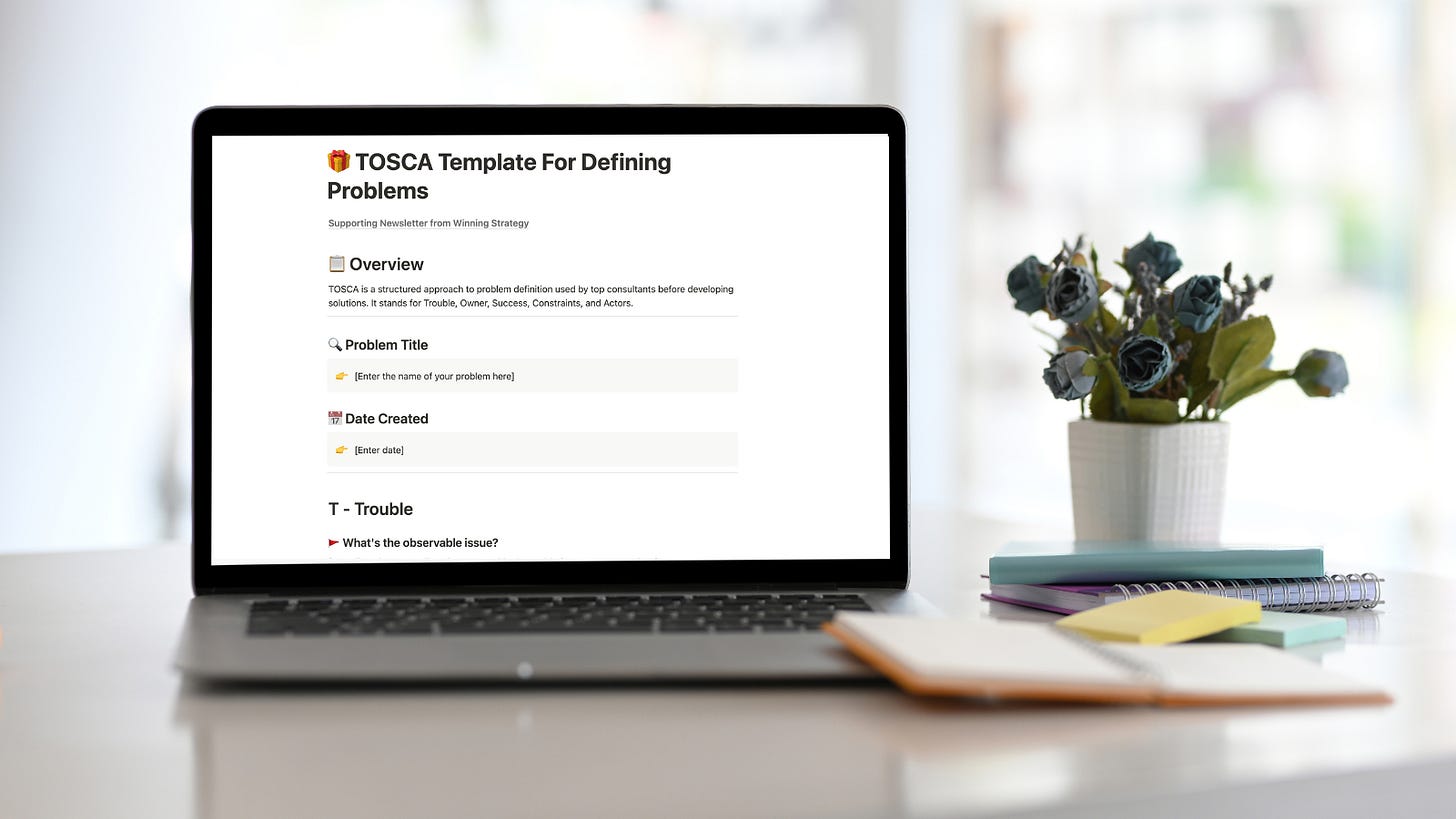
Awesome post, as always,Vibhor! Your insights are really helpful, and I'm keen to apply this tool to a few themes I'm working on. Timing couldn't be better! :)
Thank you for these great tools! I’ll be giving the system a go for some of the themes showing up in my work